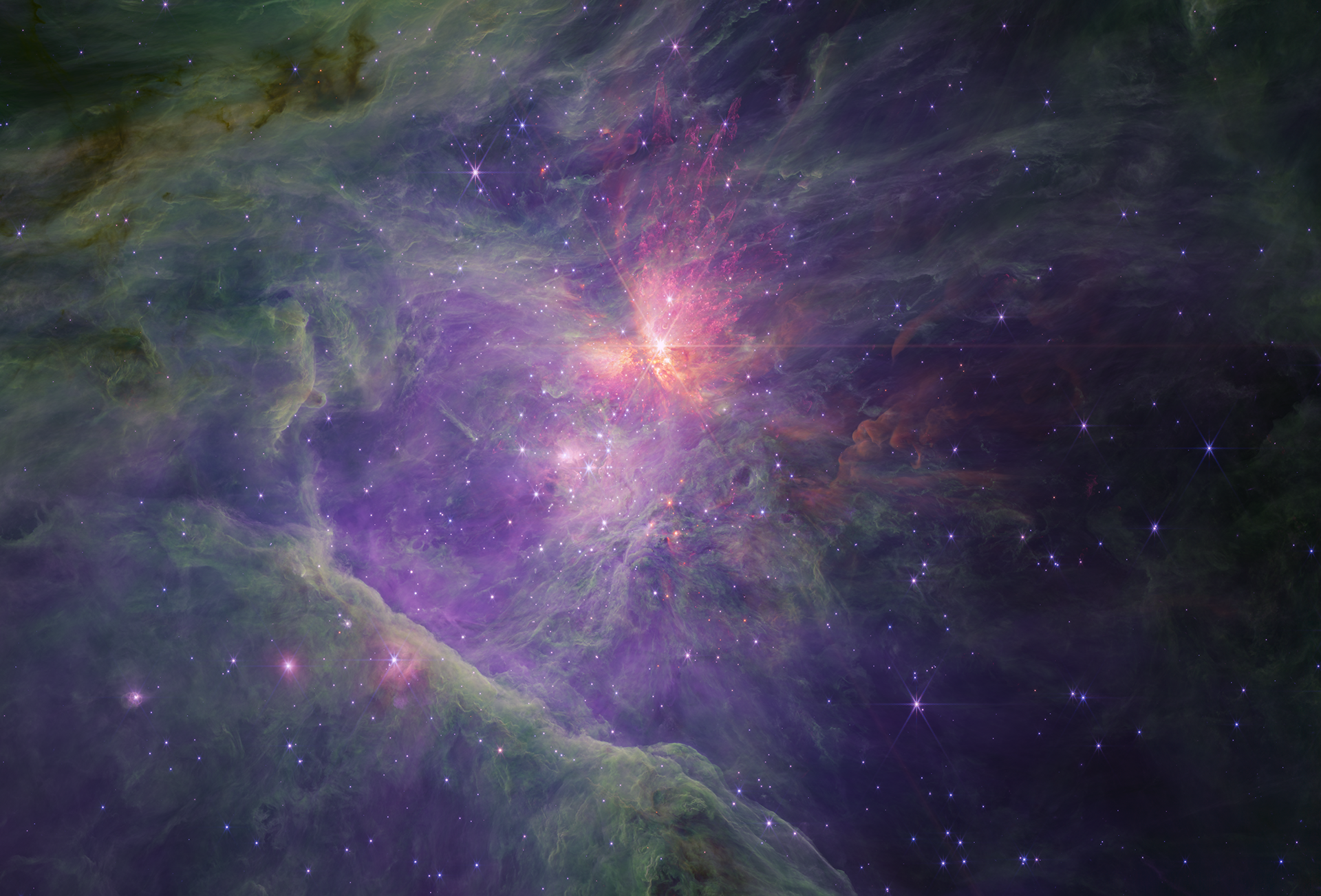The boundary between planets and stars is a bit muddled up. Sure, it is clear why the Earth is different from the Sun – but when you have gas giants like Jupiter and stellar objects like brown dwarfs with the same composition but different masses, it is difficult to make a clear dividing line. There are a few arbitrary smudges that act as lines, but even those are being wiped away by this new discovery.
Observations from JWST have now revealed the presence of extremely small objects in the Trapezium cluster, located on the very earth of the Orion Nebula. It is a mere 300,000 years old, providing insights into the formation of stars, brown dwarfs, and planets. Brown dwarfs nominally have a mass between 13 to 80 times that of Jupiter. A stellar object with a higher mass has a core dense enough to turn hydrogen into helium. That’s a star. Anything lower than that can’t even fuse deuterium, making them just gas giants.
Another approach to classifying these objects is how they form. Stars form from gas clouds collapsing on themselves once you pack too much gas in a too-small space. For that to happen, you need to have a cold gas. Hot gas disperses, while cold gas condenses. But things can’t be too big or too small, otherwise, the gas can’t cool and the stellar object can’t form. In the Orion Nebula there were observations suggesting that actually, with the right shocks and interactions, you could end up forming objects as small as about three times the mass of Jupiter.
The new observations show that you can go much lower. The team reports the presence of objects as small as 0.6 times the mass of Jupiter. That is twice the mass of Saturn. These objects could be rogue – free-floating – planets that have escaped the stars they formed around through some dramatic interaction. The alternative, which has currently no theoretical explanation, is that might have formed like stars.
”If you have an interaction in a disk, maybe you can throw one of those planets out. So it’s thought that in regions like Orion, there should be sort of free-floating planets, which originally formed in the disks,” Co-author Dr Mark McCaughrean, Senior Advisor for Science & Exploration at the European Space Agency, told IFLScience.
“The real problem is that about 40 of them are in binaries. They’re in pairs. And so how do you kick two things out together that stay together as they go out in a violent event like that? I mean, I’m an observer: this is exactly what I aim to do, break things for the theorists!”

An image of the Orion Nebula in one of the filters used in this study. 2,400 images in 12 filters make up the observations of the region that the study is based on.
Image Credit: NASA, ESA, CSA / Science leads and image processing: M. McCaughrean, S. Pearson
The observations that 9 percent of these planet-size objects are in binaries suggest that they must form in a completely different way from planets of the same masses. These Jupiter Mass Binary Objects (JuMBOs) challenge our current theories of star and planet formation.
How small can an object that forms like a star be? The team believes they must be near the bottom line. The exquisite observations from JWST did not show hints of a yet-to-be-discovered population of even smaller objects. What is certain is that these small objects do not look like stars at all. But to better understand them, follow-up observations are needed.
“To get more information we need to go back with JWST and take real spectra of them. And we’ll be doing that in March. We already have guaranteed time on the observatory.” Dr McCaughrean told IFLScience.
Understanding these objects in the context of rogue planets is an open question. Do they make up a substantial portion of all the planets that float freely around the galaxy, untethered to a star? We don’t know yet, it might depend on whether the conditions in which they form are rare or not. The team doesn’t think there is necessarily something special about Trapezium – they have seen these objects in other JWST images. But until a better understanding is available, the questions will remain unanswered.
The full new image of the Orion Nebula can be explored in absolutely glorious detail using the platform ESA Sky.
A research paper describing the results can be read here and it has been submitted to Nature.
Source Link: “JuMBO” Discovery In The Orion Nebula Will Rewrite Planet And Star Formation Theories